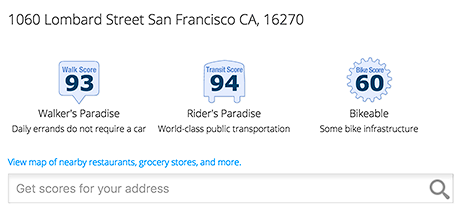Search for apartments in Farmington or check out apartments in other Farmington neighborhoods. Links will open on our partner site Redfin.com.
- Big Spring Creek, Farmington apartments for rent
- Brittany Point Across Bailey Cove, Farmington apartments for rent
- Central Farmington, Farmington apartments for rent
- Downtown Farmington, Farmington apartments for rent
- Magnolia Trace An Acts Retirement-Life Community, Farmington apartments for rent
- North Central Farmington, Farmington apartments for rent
- North East Farmington, Farmington apartments for rent
- Raby Estates, Farmington apartments for rent
- South Central Farmington, Farmington apartments for rent
- West Rural Farmington, Farmington apartments for rent
- Willow Brook A Condominium Community, Farmington apartments for rent
- Woodland Crossing Apartments, Farmington apartments for rent






Farmington is Talking About...